Hurricane Melissa, now a powerful Category 5 storm, is barreling toward Jamaica with forecasters warning it could be the strongest hurricane to strike the island in modern history. But while its 157-mile-per-hour winds capture global attention, experts say Melissa’s slow pace may prove even more catastrophic.
According to the National Hurricane Center (NHC), the storm began rapidly intensifying over the weekend and is expected to make landfall early Tuesday morning.
Its slow movement across the Caribbean is expected to prolong exposure to fierce winds, torrential rain, and life-threatening flooding. Melissa could dump up to 30 inches of rainfall on parts of Jamaica—levels that the National Weather Service says can wash away even large SUVs and trucks.
“There is no infrastructure in the region that can withstand a Category 5,” Jamaican Prime Minister Andrew Holness said during a Monday press conference, adding that residents in vulnerable areas have been relocated and emergency teams are on standby.
Meteorologists emphasize that the danger lies in both the storm’s strength and its speed—or lack thereof. “When you have a very slow-moving hurricane, it essentially means that one particular location will experience all of those hurricane-force impacts for a longer period of time,” said Deanna Hence, a professor of meteorology at the University of Illinois Urbana-Champaign. “Unfortunately for Jamaica, it looks like it’s going to get the most intense part.”
Melissa’s slow forward movement draws comparisons to 2017’s Hurricane Harvey, which stalled over Texas and unleashed more than 50 inches of rain, resulting in at least 89 deaths. Experts warn that similar conditions could occur in Jamaica, where mountainous terrain could accelerate runoff, triggering flash floods and landslides.
The NHC forecasts heavy rainfall across eastern Cuba—up to 20 inches—and as much as 10 inches in the southeast Bahamas later this week. Parts of southwestern Haiti and the southern Dominican Republic are also at risk.
While the United States is not expected to be directly affected, scientists caution that climate change is making such powerful and slow-moving storms increasingly common. “The atmosphere is holding more moisture, and storms are moving more slowly,” Hence noted. “That combination makes hurricanes like Melissa far more dangerous.”
For Jamaica and its neighbors, Melissa’s…
Read full article: The Hidden Threat of Hurricane Melissa: Its Dangerous Slow Movement

The post “The Hidden Threat of Hurricane Melissa: Its Dangerous Slow Movement” by Maria Valencia was published on 10/28/2025 by www.travelinglifestyle.net


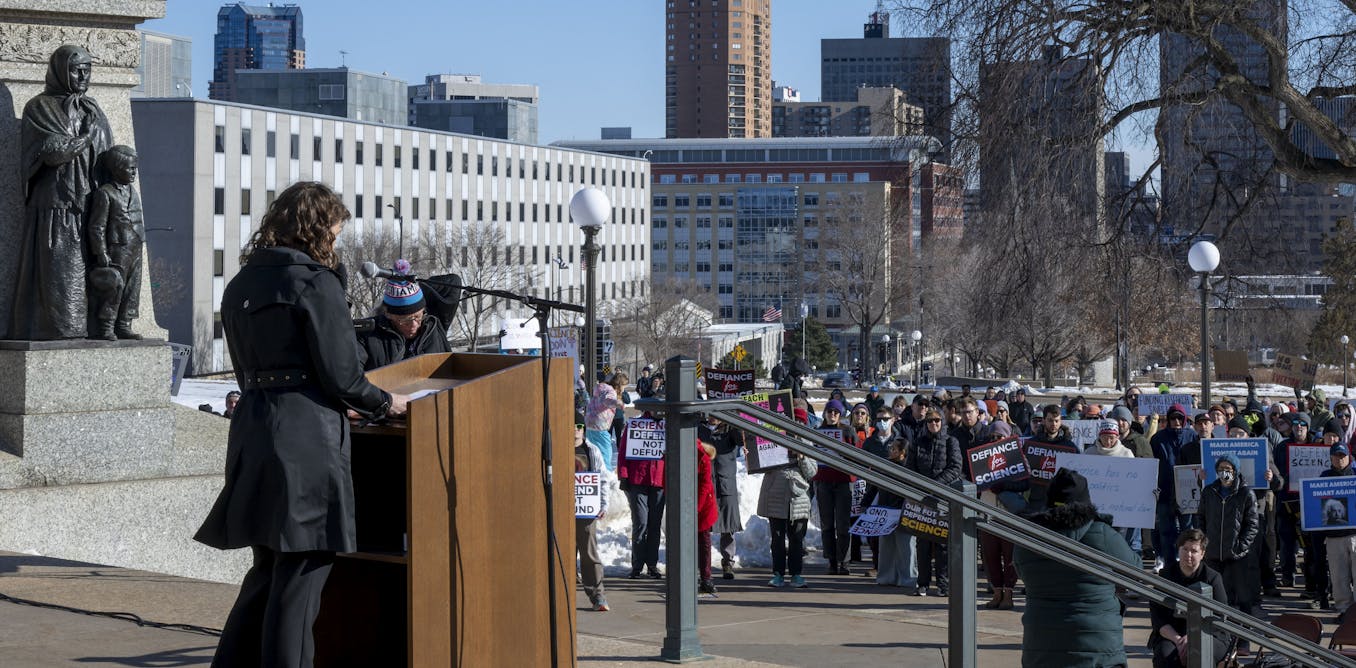







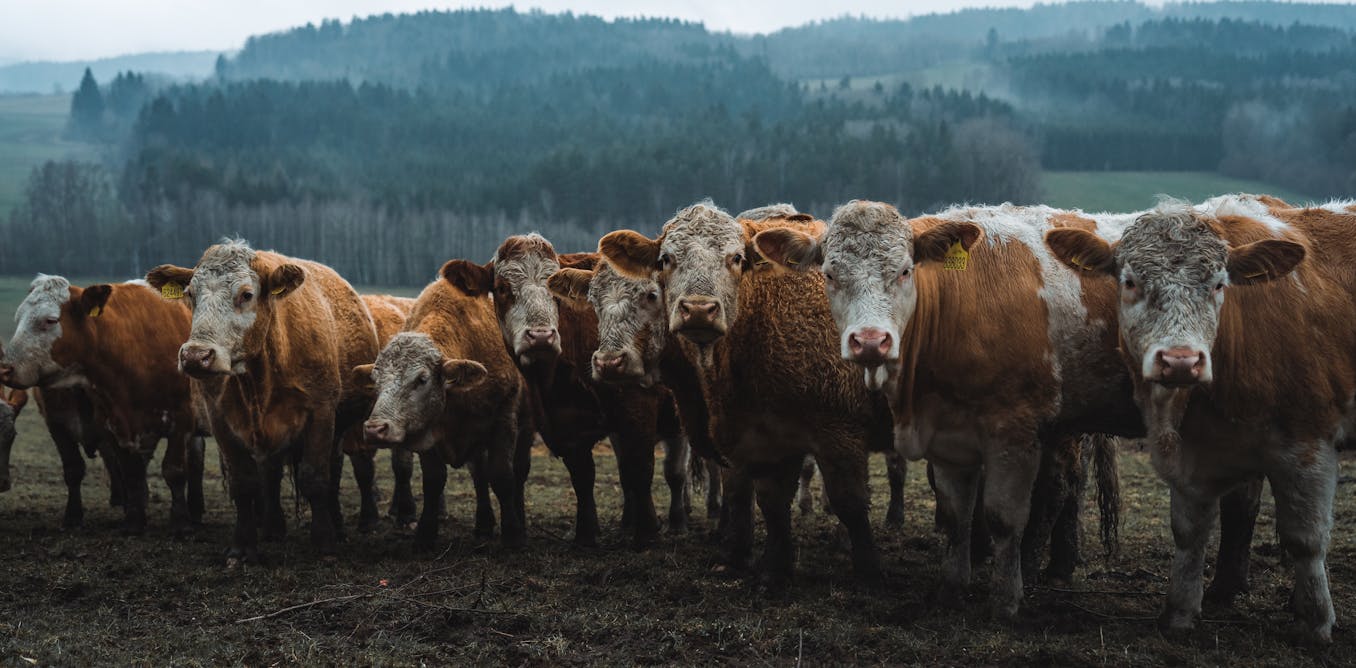
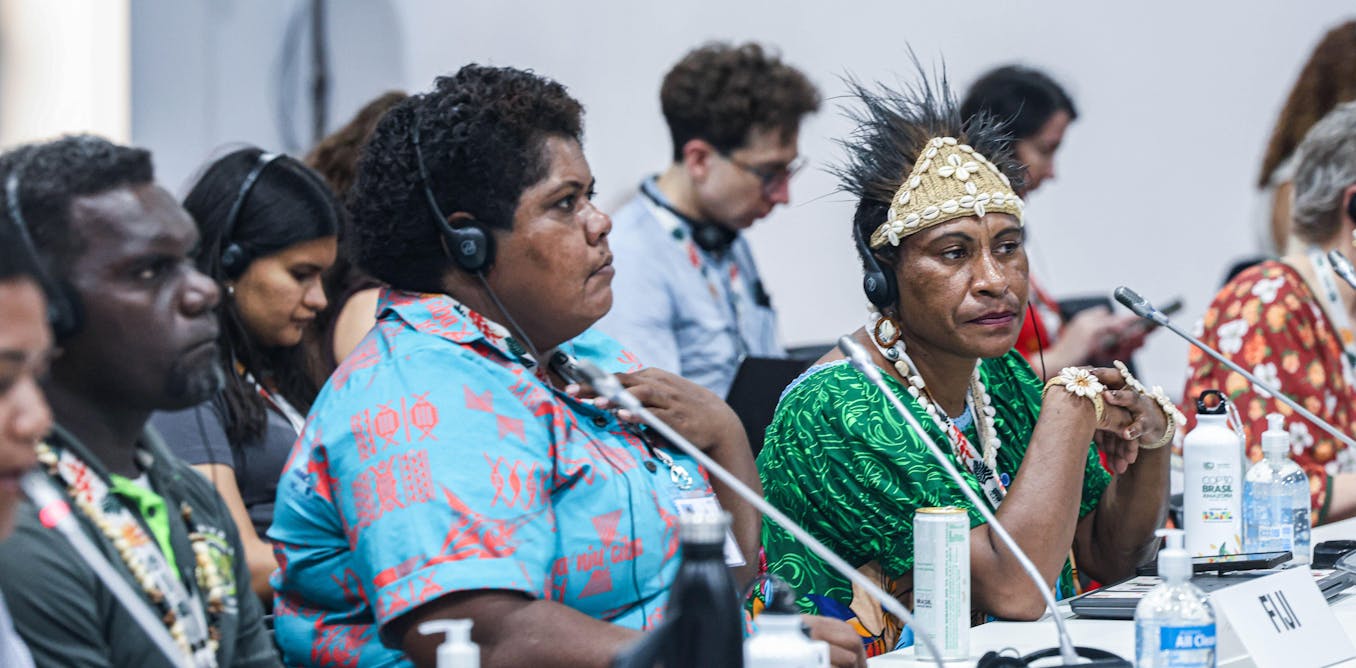
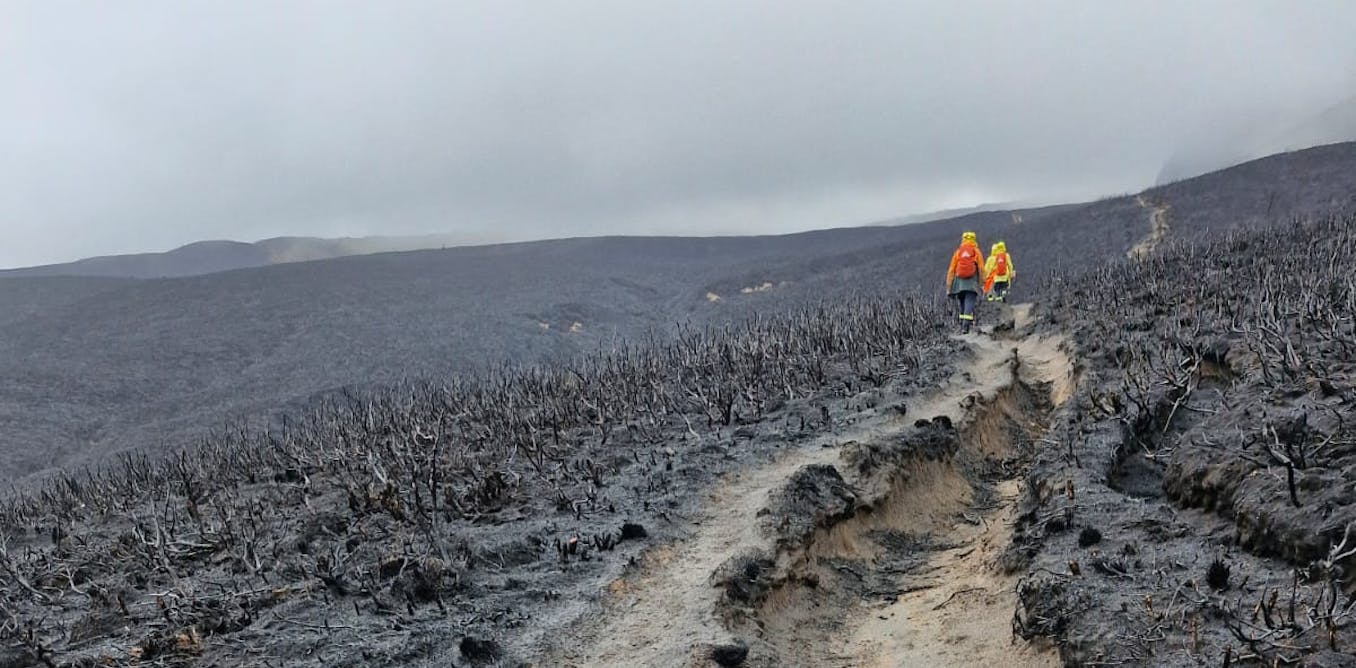
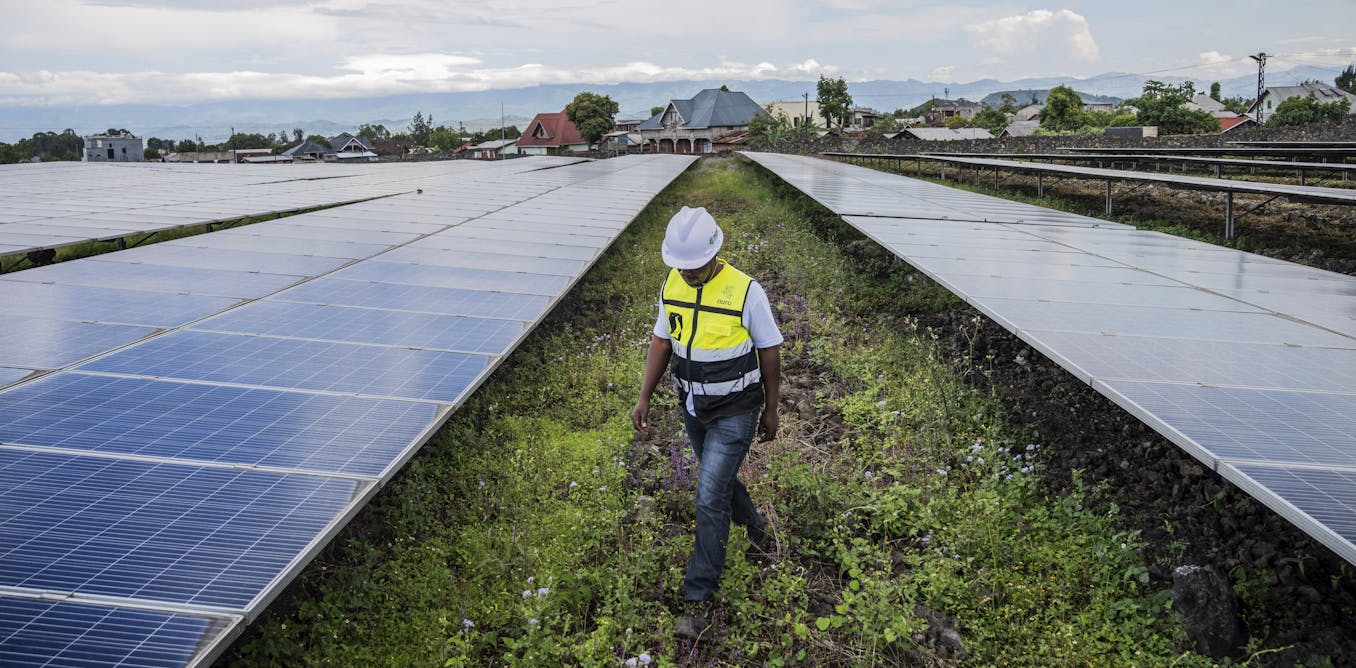
























Leave a Reply